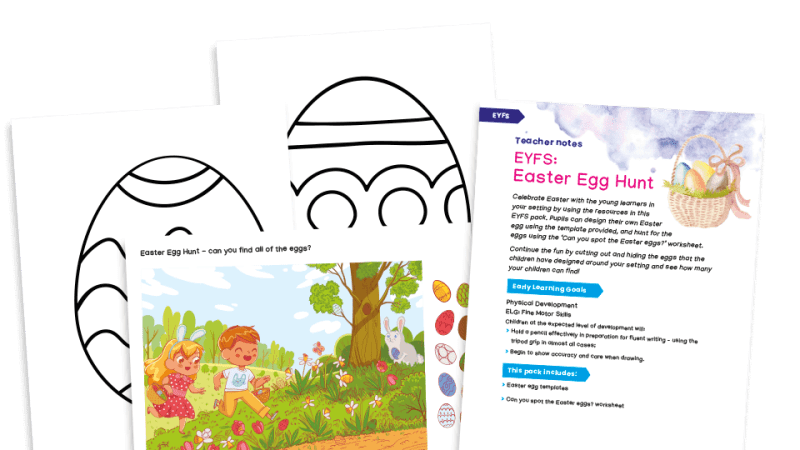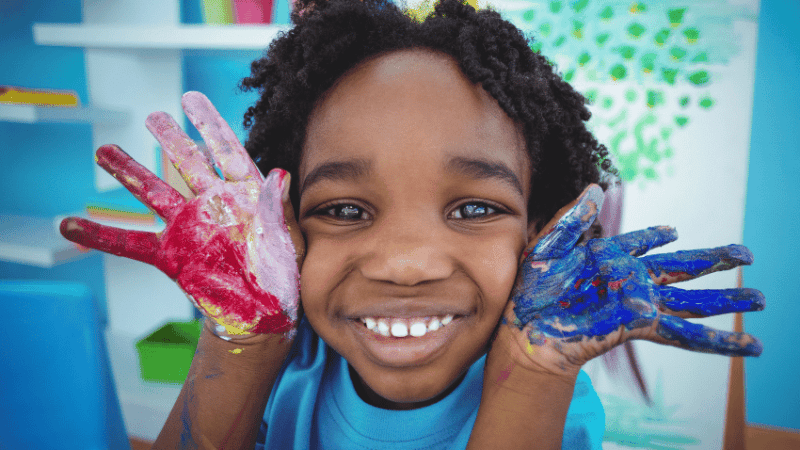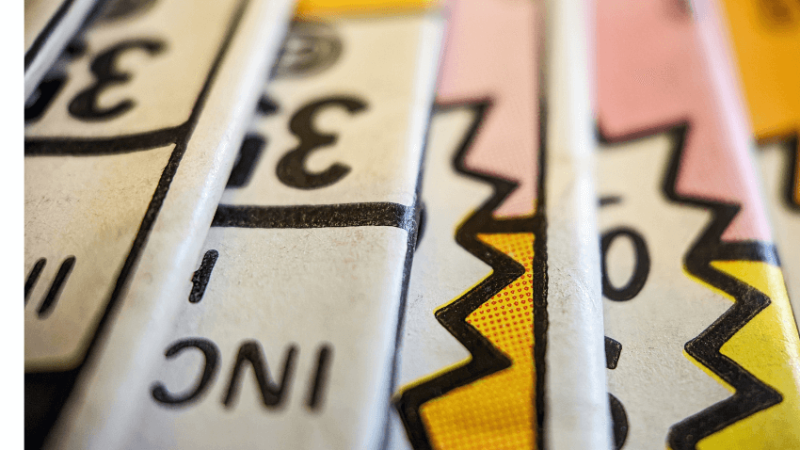Creative inspiration – 6 ways to motivate pupils with a picturebook
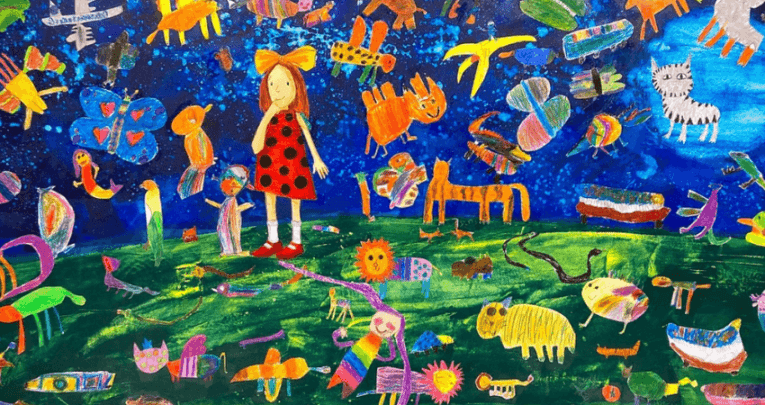
The literacy, art, and collaborative opportunities in visual titles abound, says Petr Horáček, and can open doors to all sorts of outcomes for pupils
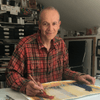
- by Petr Horacek
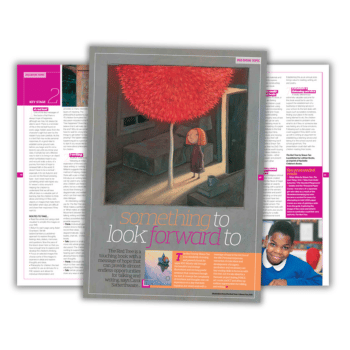
A good picturebook
Choosing a good picturebook may take some time, but it’s worth it.
An effective title doesn’t only teach children to be interested in literature, but it’s often the very first time the child, through the illustrations, is introduced to fine art.
A picturebook is a complex and very specific form of art; the text and the illustrations must be in perfect balance.
The text doesn’t need to always describe the pictures and the pictures don’t necessarily need to illustrate what was already said in the text. Rosie’s Walk by Pat Hutchins is a perfect example.
Curiosity
Most children like to be read to, and almost every child is interested in a good story, so raising your pupils’ interest and curiosity through a picturebook should not be difficult.
Reading aloud and performing the story is an important part of literacy education, introducing children to drama.
It’s good to have a conversation about the book we’re reading, but equally it is good to make children notice the art, the illustrations.
Ask questions about the pictures, how children created the artwork, what materials they used and to what effect.
Help pupils understand the importance of the perfect balance between pictures and text.
Art workshop
Once we awaken a child’s interest in a picturebook, we can do a little workshop.
Pupils can draw or paint their own interpretation of a main character from the book they’ve just read, or a character from their favourite picturebook.
You could encourage them to use different techniques, using different materials than they normally use, such as ink, oil pastels or printing techniques. Printing from polystyrene sheets is fun.
Children can draw/scratch their chosen character into the polystyrene, and print the same image in different colours.
Then they can cut out and collage images together into one final design. It’s fun, and it gives pupils a different perspective from which to look at their work.
Writing workshop
You can also use the artwork for a writing workshop. Creating a story in two pictures is one possibility (you can make a small two-page concertina book).
The ideas for the workshop could be simple. What would happen if you brought an elephant home with you? What would happen if you met your favourite picture book character?
Some children would choose to tell the story mainly in pictures and some children would choose a wordier text.
It’s good to explain to children what continuity in pictures means: that one should be able to recognise in two pictures, that we are telling the same story.
They could use a similar scale, perhaps the same background, similar colours, etc.
Collaboration
Working together is also a good idea. Creating a big picture or a mural could be fun.
You can prepare/paint a background and together with the children, collage their artwork onto it.
For these workshops I use hardboard and acrylic paint for the background (use the smooth side of the hardboard).
Pupils can use the printed images or create drawings using wax crayons or oil pastels (oil pastels are easy to draw with and the colours mix very well) and ordinary A4 paper.
Cut out the images and collage them onto the painted board using PVA glue. This kind of workshop gives everybody an equal chance to take part, regardless of their artistic ‘ability’.
Reflection
It’s important to give children plenty of time to look at and to be excited about the final work. They will talk endlessly about the picture they’ve just finished.
It’s good to go through the final work together, and mention and praise every single image.
This isn’t difficult, because knowing from my own experience, children do come out with amazing ideas, images and artwork.
It’s good to refer to where it all started, too – the picturebook.
Find similarities between their work and the book you’ve been reading together, then explain to the children that by taking part, they have now become artists and writers!
Petr Horáček is a children’s author and illustrator. His latest book, The Perfect Present (£12.99, Otter-Barry Books) is out now.





